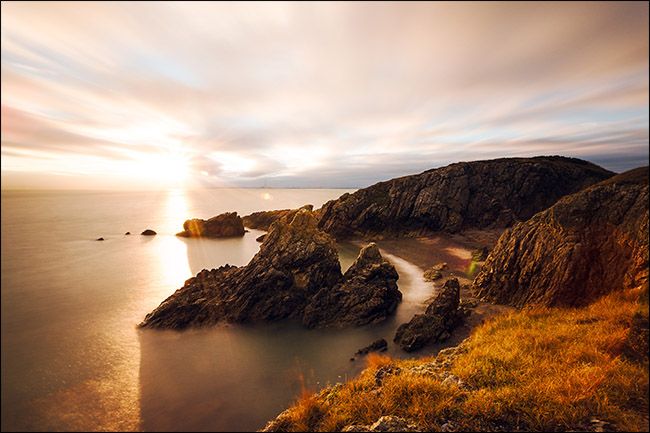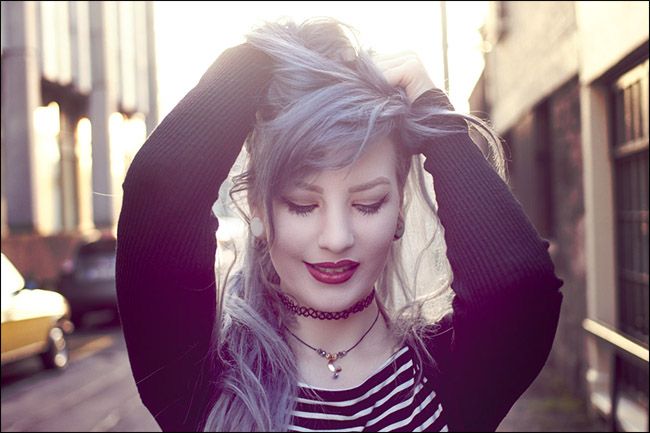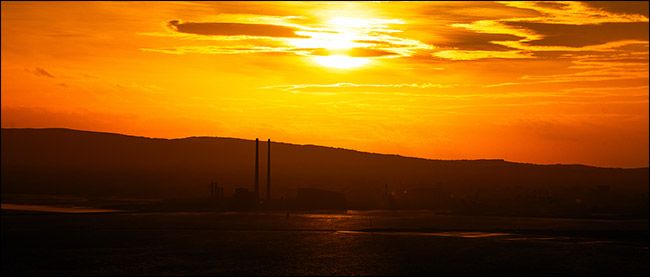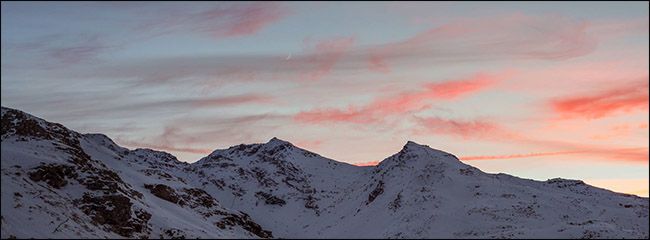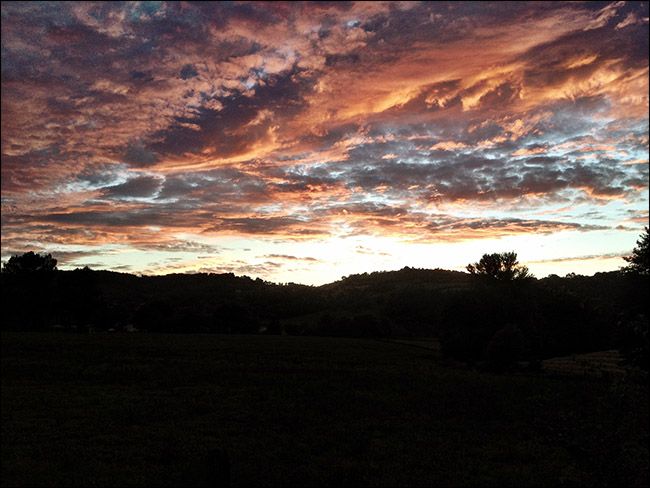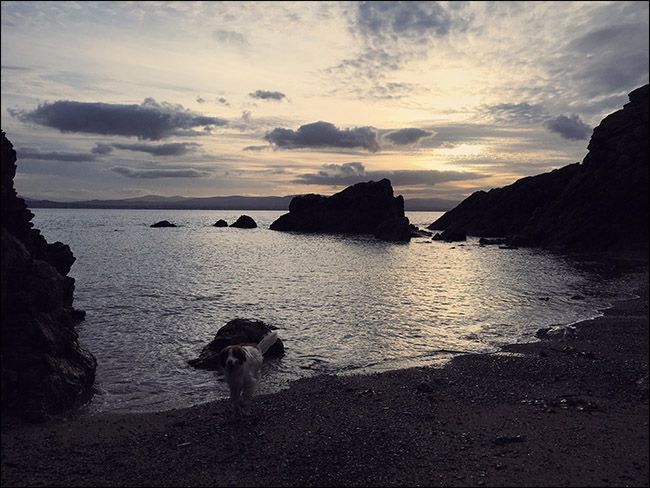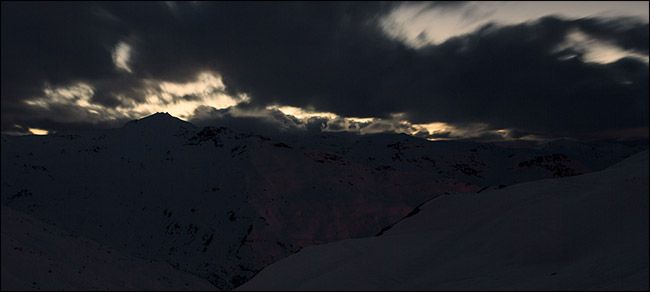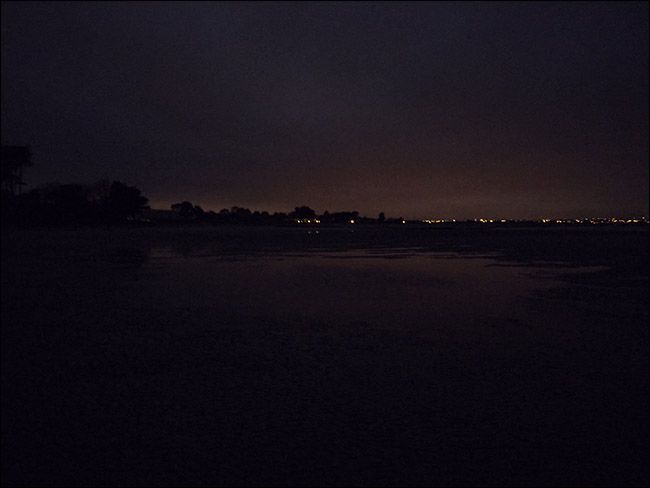Everyone, at some point, tries to take a photo of a spectacular sunset. But if your camera isn't quite capturing the magic the way you see it in real life, here are a few tricks to keep in mind.
What Makes a Good Sunset Photo
Whether you try and shoot a sunset with a DSLR, Snapchat, or something in between, the principles remain the same. I shot the examples in this article on everything from an iPhone to a Canon 5D MKIII.
Sunset photos are all about light and color. You have all these beautiful oranges, golds, pinks, and, towards the start of twilight, deep blues. There’s a sense of closure at the end of the day. Things are still. This is what you’re trying to tap into with a good sunset photo.
The thing is, a good sunset photo also has to be a good photo. A straight up shot of a pink sky is… boring. Sure, the colors are pretty, but there’s nothing else going on. You need a foreground, something to tie the beautiful sky to reality. Beautiful landscapes work, as do shots of buildings. Even portraits can do it. However, this does make the shot a bit more complex, so you'll need to make sure you're using the right settings.
The Technical Stuff
Light levels change rapidly at sunset, so there are no one-size-fits-all settings. The light drops as the sun does, but it also falls when the sun’s obscured by clouds or anything else. You should use aperture priority mode so you can react to anything.
What aperture you use depends on your foreground subject. For a portrait, I’ll use a wide aperture. In most cases though, you’ll be shooting a landscape or cityscape, so an aperture between f/8 and f/16 will work best.
If you’ve got a tripod, I’d recommend using one for sunset photos. There are two reasons: first, you can keep a tight aperture and low ISO even as your shutter speed gets slower, and second, you can shoot HDR images.
At sunset, there can be a lot of variance between how bright the sun and sky is, and how bright the foreground is. Sometimes you can expose for both in one shot, but pretty often you can’t. When I’m doing sunset shots, I like to shoot a few different exposures, one darker than what it should be and one brighter than what it should be. This means I’ll have details from everything in the scene. In post production, I can combine them into one image using HDR.
Other Tips and Tricks
In a sunset photo, the sun should never be the main subject. Use the wonderful light it creates to show off another subject. The shot below, for example, is a panorama of a Dublin landmark.
Your focus when you’re shooting at sunset should always be on composing a good shot outside of the sunset. To capture great color, all you need to do is make sure you don’t overexpose the sky. It’s making the rest of the image look great that’s the challenge.
Start by finding something interesting to photograph. Cool landscapes, landmarks, models, your dogs, or anything else are better than a boring shot of the sky from an industrial park. Here’s a photo of a gorgeous sky I shot a few years back. Since there’s nothing happening anywhere else in the photo, it’s a rather mediocre image.
When you’re composing your shot, give plenty of room to the sky. It shouldn’t take up the entire photo, but anything up to about two-thirds of the photo can work.
Try taking multiple exposures of the same thing. A slightly underexposed sunset photo often looks better than a correctly exposed one. The colors will seem deeper and richer. You can edit things in Photoshop afterward, but it’s best to get the shot as good as possible in camera.
Keep shooting even after the sunset ends. Until about an hour after the sun goes down, there will still be enough light from the sun to shoot by. The oranges will fade to blue, but they’ll be just as beautiful.
Use apps like SunCalc to work out where the sun is going to set. They can help you find the right location to shoot a certain landscape from.
Arrive on location about an hour before the sun actually sets. The hour before the sun goes down is known as “the golden hour” because of the color of the light. Not only does it give you time to set up for the actual sunset shot, but you’ll also take great photos with a little more light.
Lastly, consider turning around. The light from a sunset is cast all across the sky. Your sunset photos don’t have to include the sun.
Sunrise and sunset are two of my favorite times to photograph. Not being a morning person, however, I take a lot more shots as the sun goes down. The big secret to great sunset photos is to ignore the sunset. Use the wonderful light to capture something else. Then you’ll have a great sunset photo.


